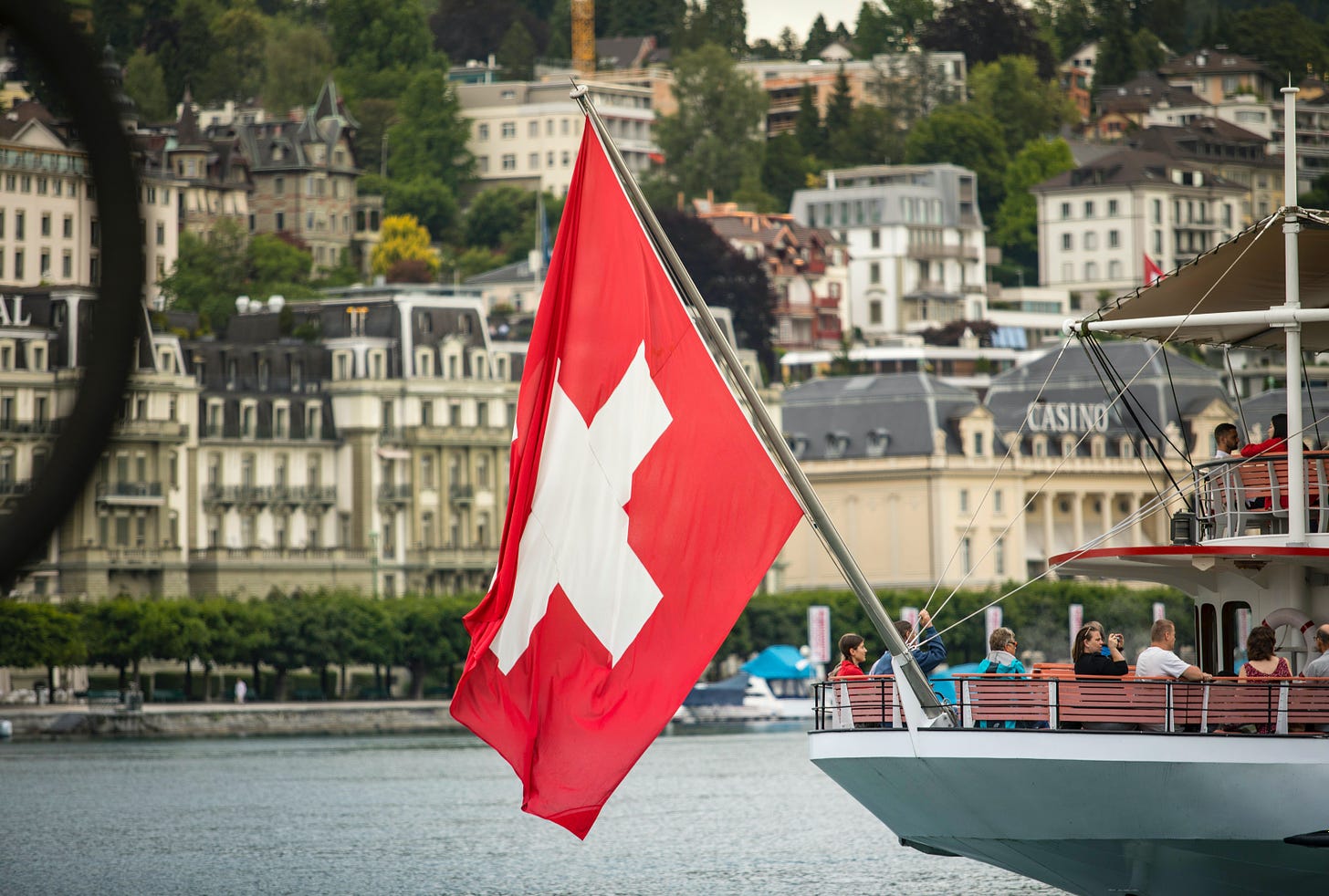A trace of tritium in the Rhone River
A study reveals the environmental impact of Switzerland's historic watchmaking industry
By: Perth Ophaswongse
A study published in the Journal of Environmental Radioactivity in August 2020 looked at how residue from the application of tritium on watch dials has led to an increased level of radioactivity in the Rhone River downstream from watchmaking areas in France and Switzerland.
Tritium-based paints replaced radium-based paints, which were initially used in the early 20th Century. The relatively high level of gamma radiation made radium dangerous to the painters, leading to numerous lawsuits in the 1930s. Eventually, radium was phased out in 1962-63 when several national and international standards prohibited the use of radium to protect watchmaking workers, causing manufacturers to adopt tritium-based paints. While less dangerous than radium, tritium is still a radioactive isotope of hydrogen, also produced, for example, by nuclear weapon testing. According to the article, French and Swiss dial-makers eventually phased out tritium in 1992 and 2008 respectively in favour of non-radioactive luminous paints.
During its use, the decentralised nature of French workshops meant that manufacturers did not always correctly dispose of tritium waste. The article further suggests that due to the lack of stringent controls, radioactive tritium waste made its way to local landfills, mixed in amongst general rubbish.
👉 Rescapement is a weekly newsletter about watches, mostly vintage. Subscribe now to get it delivered to your inbox every Sunday:
The study found that levels of tritium in the waters of the Rhone River immediately downstream from Lake Geneva and the city of Geneva measured anywhere from 1000 to 10,000 times higher than in other comparable riverine environments. This impact was observed to a lesser extent further downstream the Rhone River, where dilution counteracted the impact of tritium waste from both Geneva and the Jura Arc (the traditional home of Swiss watchmaking) farther north. Besides watchmaking, the other main source of tritium in the environment comes from atmospheric nuclear testing. This seems unlikely to have affected the Rhone, given that the closest nuclear testing to the area was far to the south in Algeria. Since most luminescent paints required zinc to act as a binder, researchers also examined the correlation of zinc and tritium in their core samples. A significant correlation was found, strongly suggesting that Geneva’s watchmaking industry was indeed responsible for the substance’s presence in the river.
While you probably don’t need to worry about your tritium-lumed watches like with radium-lumed watches, the presence of radioactive materials in the wider ecosystem is still worth studying. The environmental and social impact may not be as grave as those caused by other sectors of the watchmaking industry, such as the notoriously unregulated mining of precious metals or energy-intensive processing of materials like titanium, but it’s still fascinating to see how the industry literally and physically affects the world we live in.
Perth is a watch collector and student at Queen Mary, University of London. You can follow him on Instagram @edinburghtimepieces.
Rescapement is a weekly newsletter about watches, mostly vintage. Subscribe now to get it delivered to your inbox every Sunday. Follow us on IG too.






good thing Tritium has a half-life of 11.2 yrs...this problem will diminish over time.